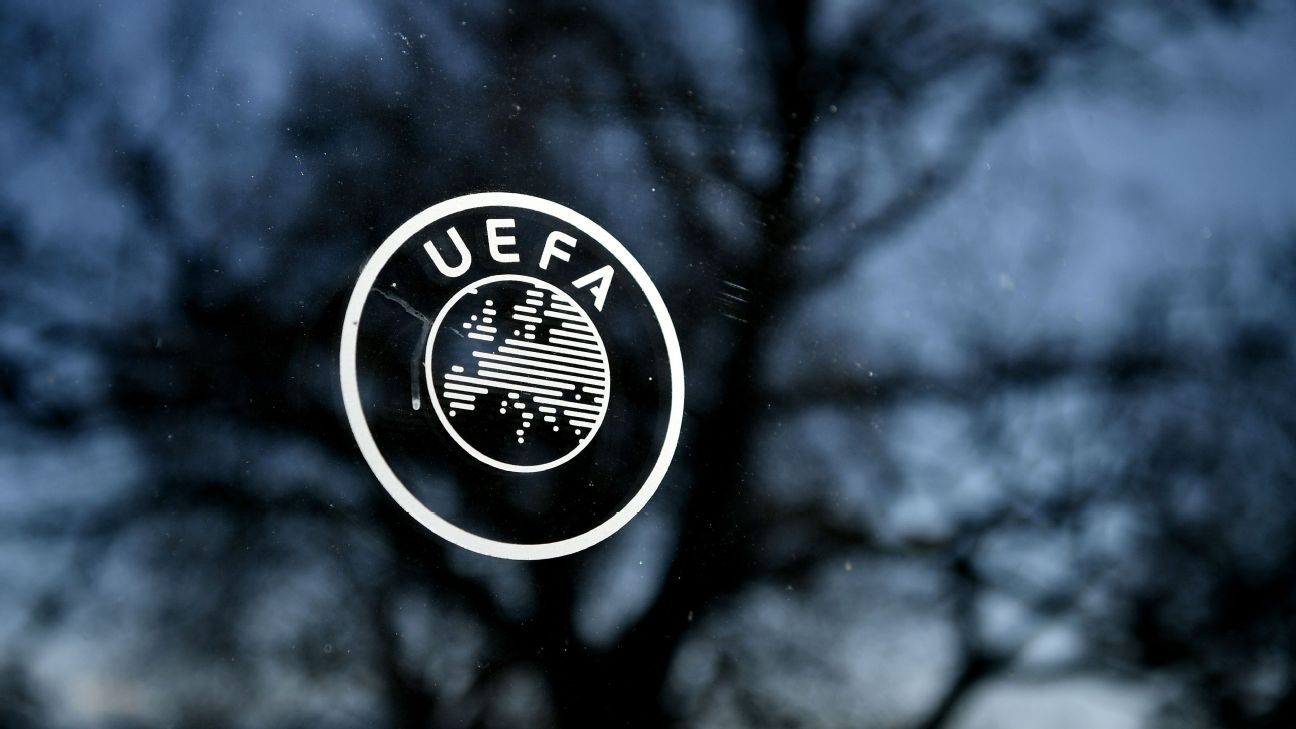
Steve Smythe, who has run more than 2000 races, shares his training suggestions for solo sessions and contemplates current life with no racing
The current coronavirus situation is unprecedented for runners and while British people are currently allowed to exercise outdoors once a day, that may change. For now it is agreed that allowing that flexibility, and staying fit and healthy, is essential for both body and mind. Enjoy it while it lasts.
What you do now might be governed by where you live – a remote Highlands base is better than a crowded city and it may help if you have access to a treadmill but it is still possible to adapt under the current guidelines as this is written, as daily exercise is seen as vital.
Remember to stay at least two metres away from other people and wash your hands as soon as you get home!
New targets
It is usually imperative for a runner to have some sort of short or long term target but there is no guarantee of even the autumn events happening because of the seriousness of the coronavirus.
Virtual solo races may act as a stimulus for some or it could just be attacking local Strava segments but things have changed drastically from a few months ago.
For those who have built up exceptional levels of fitness with the aim of a big spring target, there will be a slight frustration at the lost opportunity but a realisation that there are more important things than PBs.
Obviously, health should take precedence but it is possible to hold fitness levels to a good level so you can be ready to step up training again when normality returns to the racing calendar.
In the short term there is no point thrashing the body through more heavy mileage and rest is an essential part of any schedule. The more tired you are, the more susceptible you will be to viruses and continuing to train flat out after already training hard through January and February will leave the body vulnerable to illness and injury and more chance all the good work through late winter will go to waste.
If you have trained for a marathon and have not run it, then you are in a fortunate position of being marathon fit without being exhausted by the race itself and requiring a good month or two to recover and recharge the batteries.
There is also the mental side of motivation when there is no immediate target. Surely it is better to ease off the accelerator, work on other aspects of your running fitness and when the calendar is clearer, and the virus defeated, then you can up the training rather than be physically and mentally shattered.
There is a reason why most marathon schedules are 12 to 16 weeks. Training harder for longer does not mean you get fitter, just more tired and often slower!
If you can, the best thing is to get into a routine – more difficult when there is no weekly track or club session, weekend parkrun or race. Decide how many days a week you want to run and stick to it.
There will be fewer distractions than previously but just because you are home and with less alternatives do not think this is the opportunity to run 100-mile weeks if you are not used to it.
If need be, you could just go into maintenance mileage – half of what you were doing in the marathon but with more rest days and no very long runs but it is probably better to have a more organised routine with a wide range of runs. It could also be an opportunity to work on weaknesses such as basic speed or hill climbing ability that a full day of work and commuting may not have allowed.
Training suggestions
If you are going to follow a routine this could still be based on most marathon schedules but with less volume and intensity.
Monday: easy run or rest
Tuesday: intervals for speed endurance
Wednesday: medium recovery run
Thursday: tempo
Friday: strides, sprints or rest
Saturday: fast 5km
Sunday: long steady run
In terms of sessions, you might just be happy to run at a fast, steady pace but I know some like a more challenging element to it.
Specific sessions
Here are 12 sessions you can do on your own (it does not have to be measured but probably more satisfying if it is).
1. 5km made up of 8 x 400m with 200m float, with an extra fast 200m at the end, or 10 x 400m with 100m float.
The 8 x 400m session was the only track session that former Commonwealth marathon champion and world medallist Steve Moneghetti used to do. The slow sections are still run around marathon pace. Run 90 seconds hard, 30 seconds easier if there is no measured circuit or area available.
2. One mile, alternating 100m hard and 100m slightly easier (if you have access to the track, go easy on the bends, faster on the straights).
This is a session that I recall Brendan Foster doing almost 50 years ago and running a 4:06 mile in training. The two-paced element of it means as the above you get a better range of paces than doing it all at same speed. Run 20 seconds hard, 25 seconds easy if you have no access to a measured circuit or area.
3. 1000m reps made up of 50m easy, 150m hard.
This is a session I regularly recall doing myself in Olympic coach Ron Holman’s Cambridge Harrier club training group alongside top UK road runner of the 1970s and 1980s, Keith Penny.
On a track, it was the first half of the bend at a steady pace before working hard for the rest of the bend and following straight before a slight recovery.
Again, you can just hit a slightly faster pace if you get sufficient recovery, but it should be minimal recovery and if done properly, I found I could run the same pace than if I did reps all at one pace. Five reps should suffice.
Run 10 seconds easier, 25 seconds hard and repeat four more times if no access to a measured circuit or area.
4. Acceleration run. Start at an easy pace and run for half an hour and every 5 minutes pick up the pace. First 5 minutes easy, then marathon pace, then half-marathon, then 10 mile, then 10km, then 5km.
This run starts off gently but the second half of the run should be extremely hard. You could finish with a 10-minute jog to recovery.
5. Alternate two-paced 30 minute run. A minute at marathon pace followed by a minute at 10km pace and back to marathon pace. In theory as you are running less than 10km and only half of it is 10km pace. This is hard but not impossible.
6. Steady run with accelerations. Do a steady run (45 minutes) at around marathon pace but for 30 seconds every 5 minutes increase up to inside 5km pace, ease back for 30 seconds and then go back to marathon pace and repeat
This is a relatively easy session and the 30 seconds should make it harder but also break the monotony.
7. Block acceleration. 5 minutes at marathon pace, 4 minutes at half-marathon pace, 3 minutes at 10km pace, 2 minutes at 5km pace, 1 minute at mile pace, 1 minute easy then back to marathon pace.
Two blocks should be sufficient as the end of each block is considerably tough.
8. Russian steps. Run 15 seconds hard, 45 seconds easy, 30 seconds hard, 30 seconds easy, 45 seconds hard, 15 seconds easy, 60 seconds hard, 60 seconds easy, 45 seconds hard, 15 seconds easy, 30 seconds hard, 30 seconds easy, 15 seconds hard, 45 seconds easy and repeat three more times.
This is a well-known cycling session and is extremely hard at the 45 seconds hard, 15 seconds recovery, 60 seconds hard phase.
9. Hill reps. Ideally find a hill that takes a minute to go up. Run 4 x quarter hill/15 seconds to warm up then 4 x full hill with slow jog back, 4 x half hill at a faster pace, 4 x quarter hill fast. Make sure you warm up and warm down fully after the session and on the hill focus on your style and arm action.
10. Short recovery 200m reps. Do three sets of 6 with a 2-minute gap between sets. First set, start rep every minute so if you run for 40 seconds, have 20 seconds recovery. On second set, start with 30 seconds recovery, then reduce to 25, 20, 15 and 10 seconds. On the third set have a minute recovery and focus more on speed and form.
11. Start blast run. Run 30 seconds almost flat out and then straight into one minute at 5km pace and then straight into two minutes 30 seconds at marathon pace, then have a minute easy and repeat three times. This is tough and gets the body used to running quite fast while uncomfortable.
12. Speed stride accelerations. Find a straight safe grass area or track and measure out roughly 120m or aim for 20-25 second efforts. Run 8 reps starting the first at marathon pace and gradually go through the gears so that by the last one you are going significantly faster than mile pace but stay relaxed and focus on form and style.
Do jog or walk back recoveries so you feel recovered before you do the next rep.















 Phone: (800) 737. 6040
Phone: (800) 737. 6040 Fax: (800) 825 5558
Fax: (800) 825 5558 Website:
Website:  Email:
Email: 






